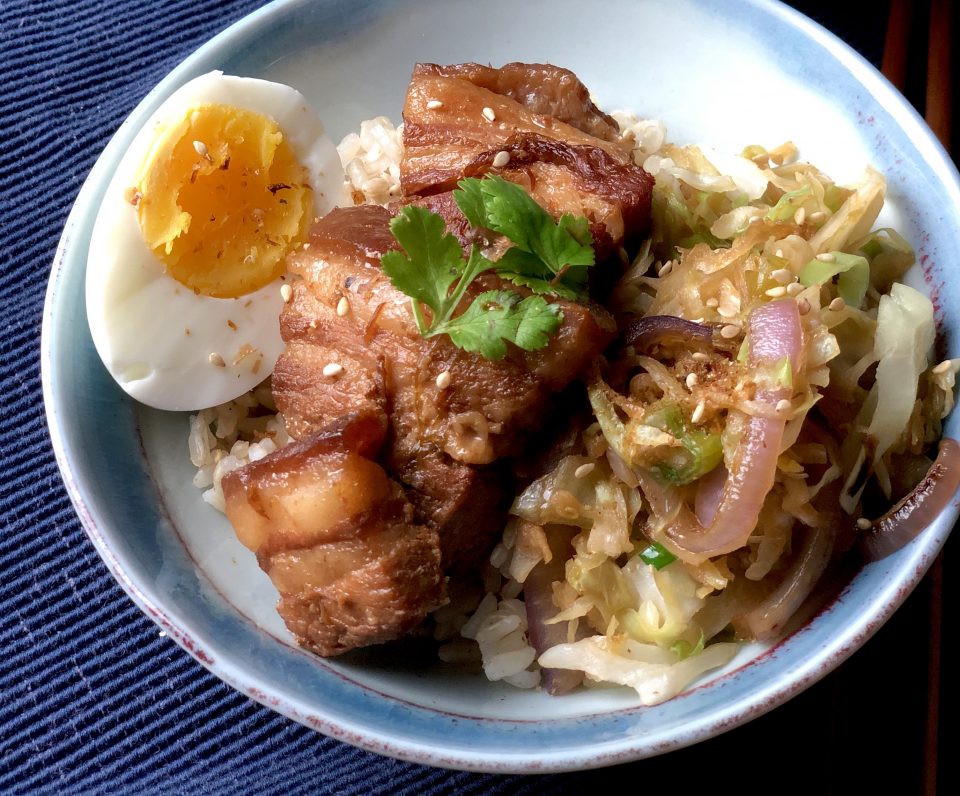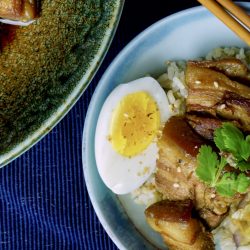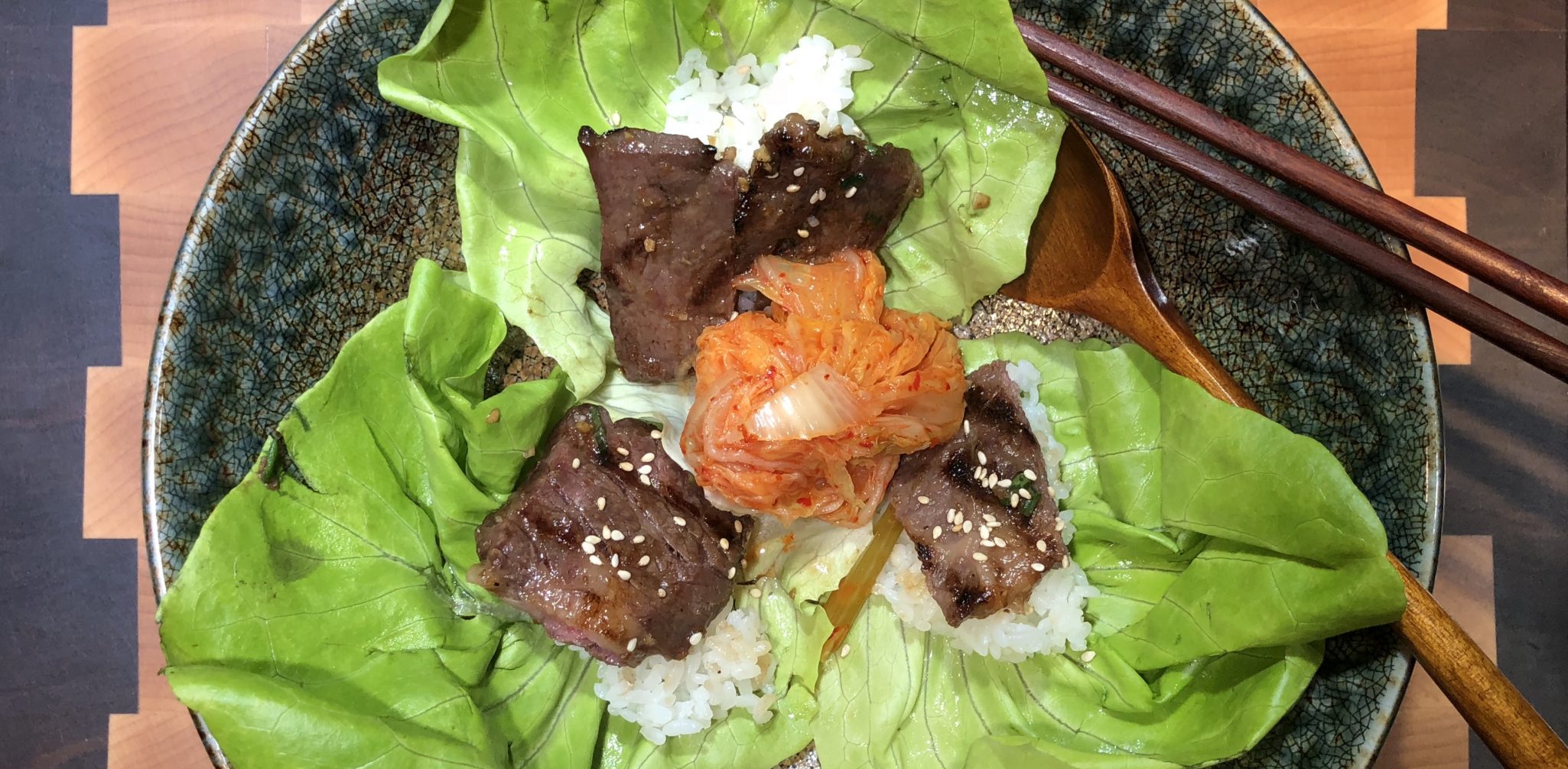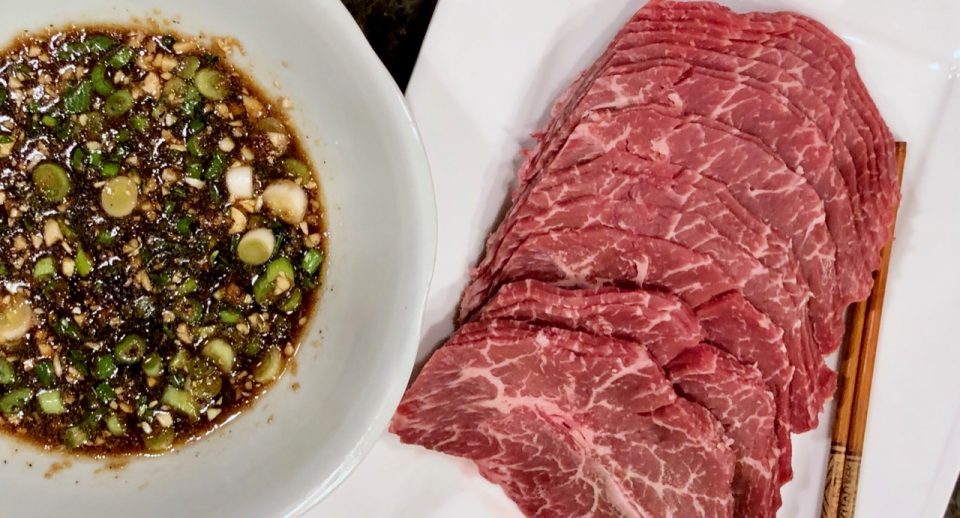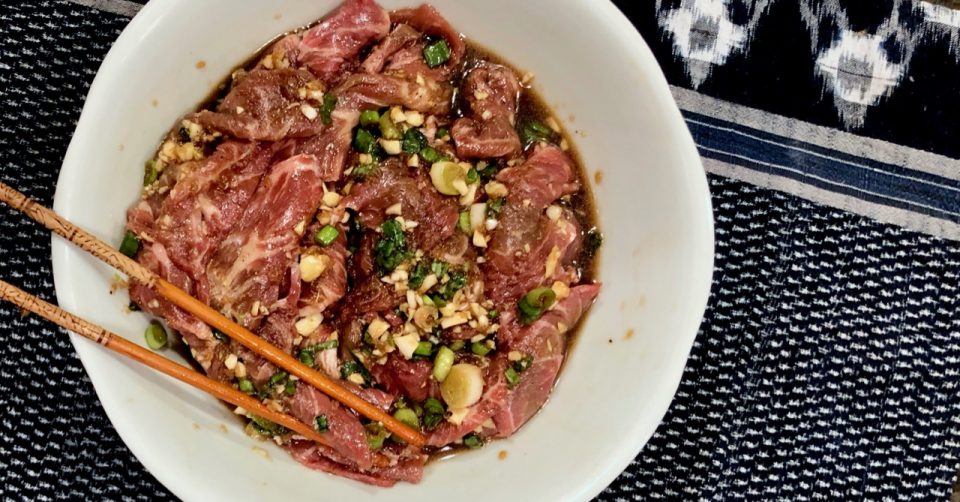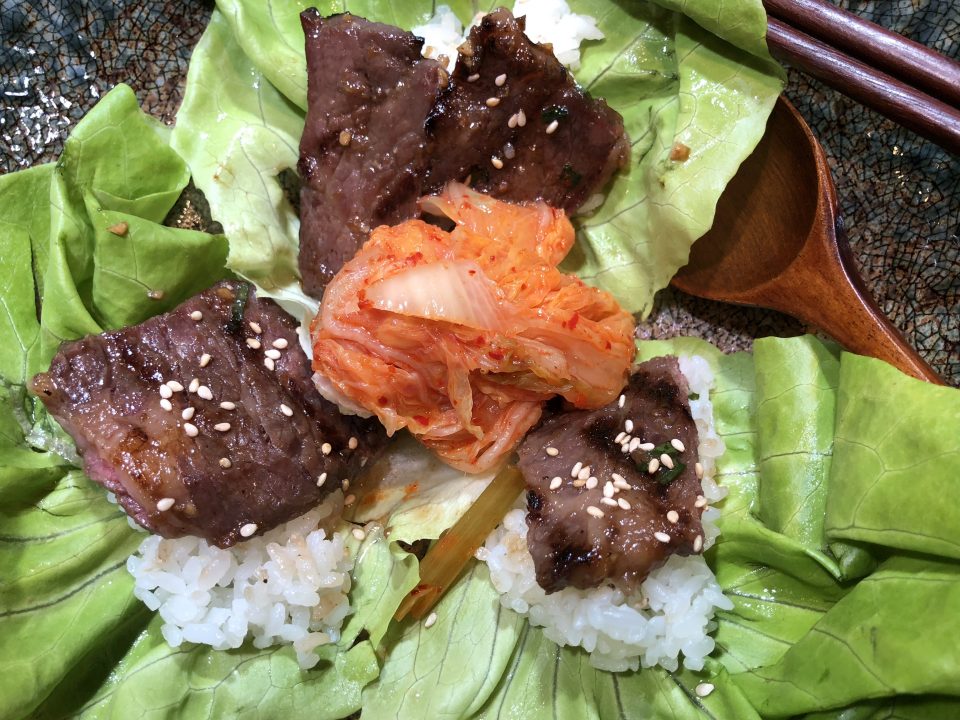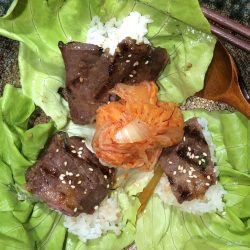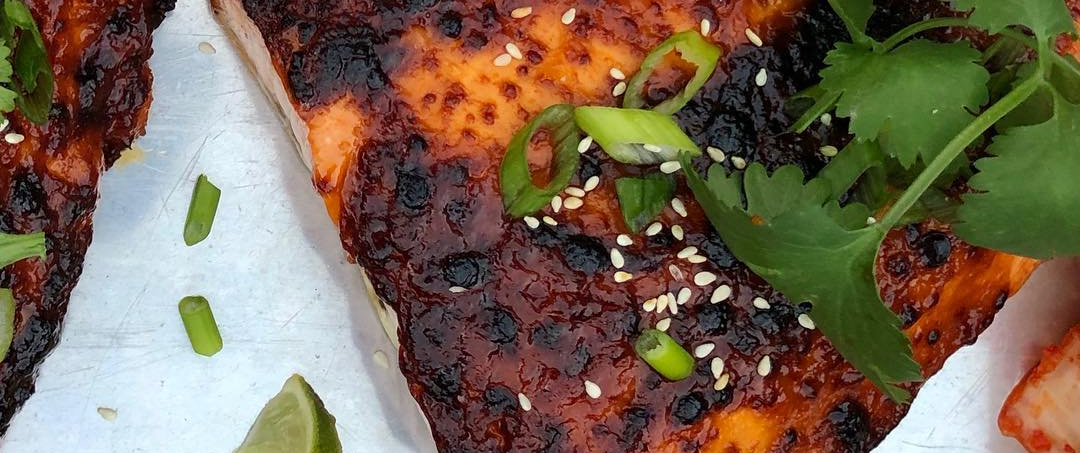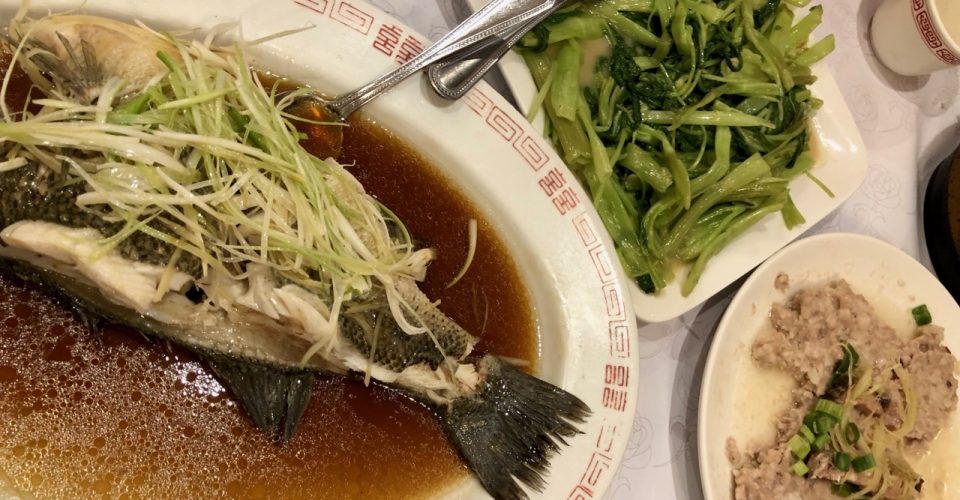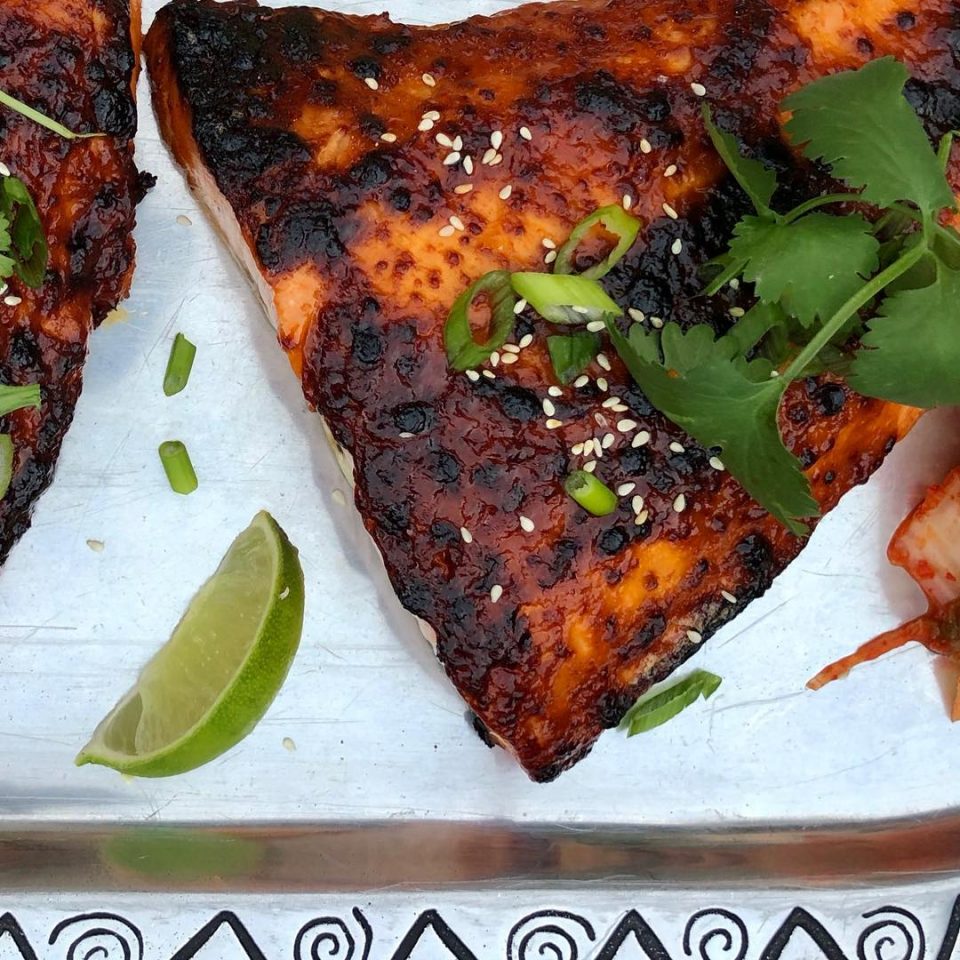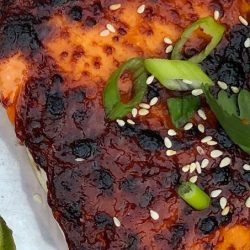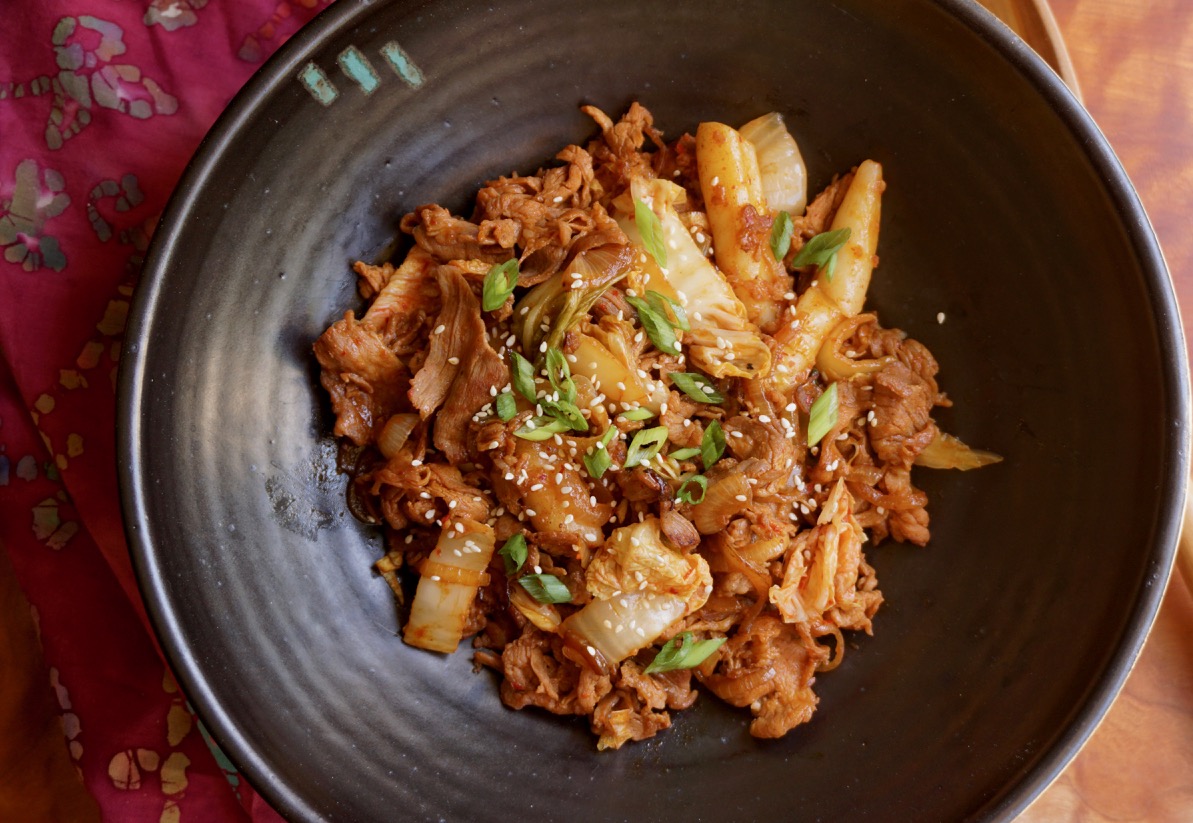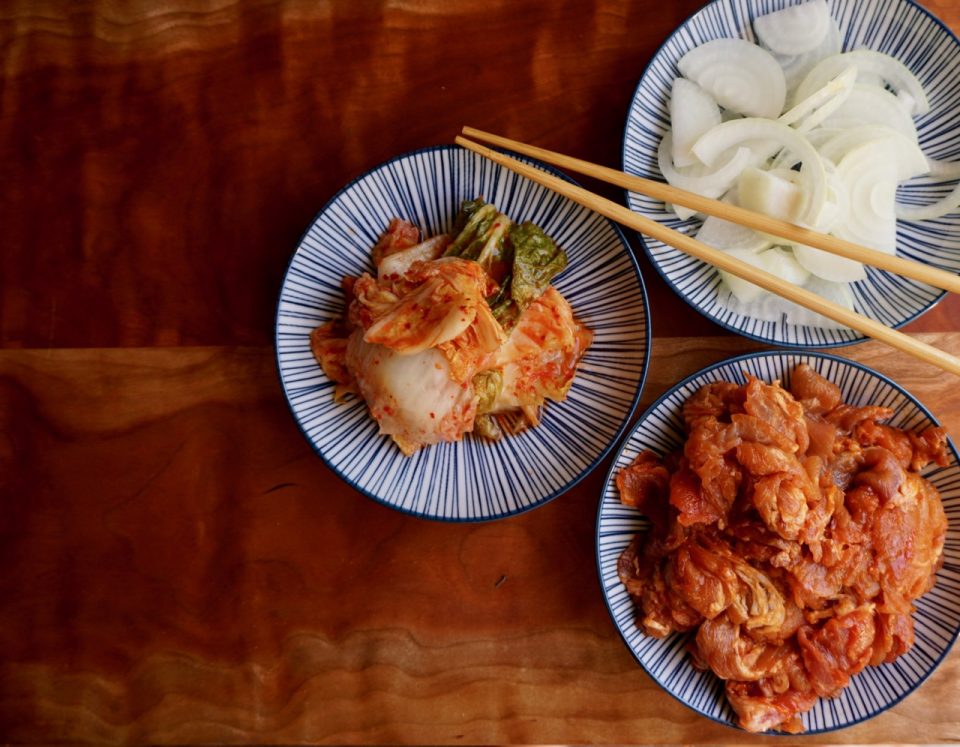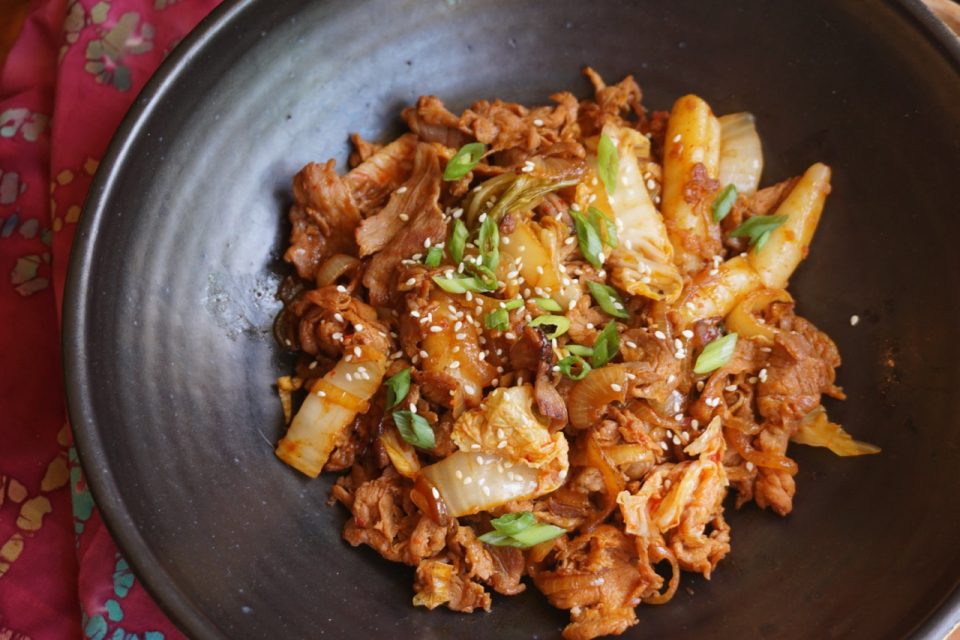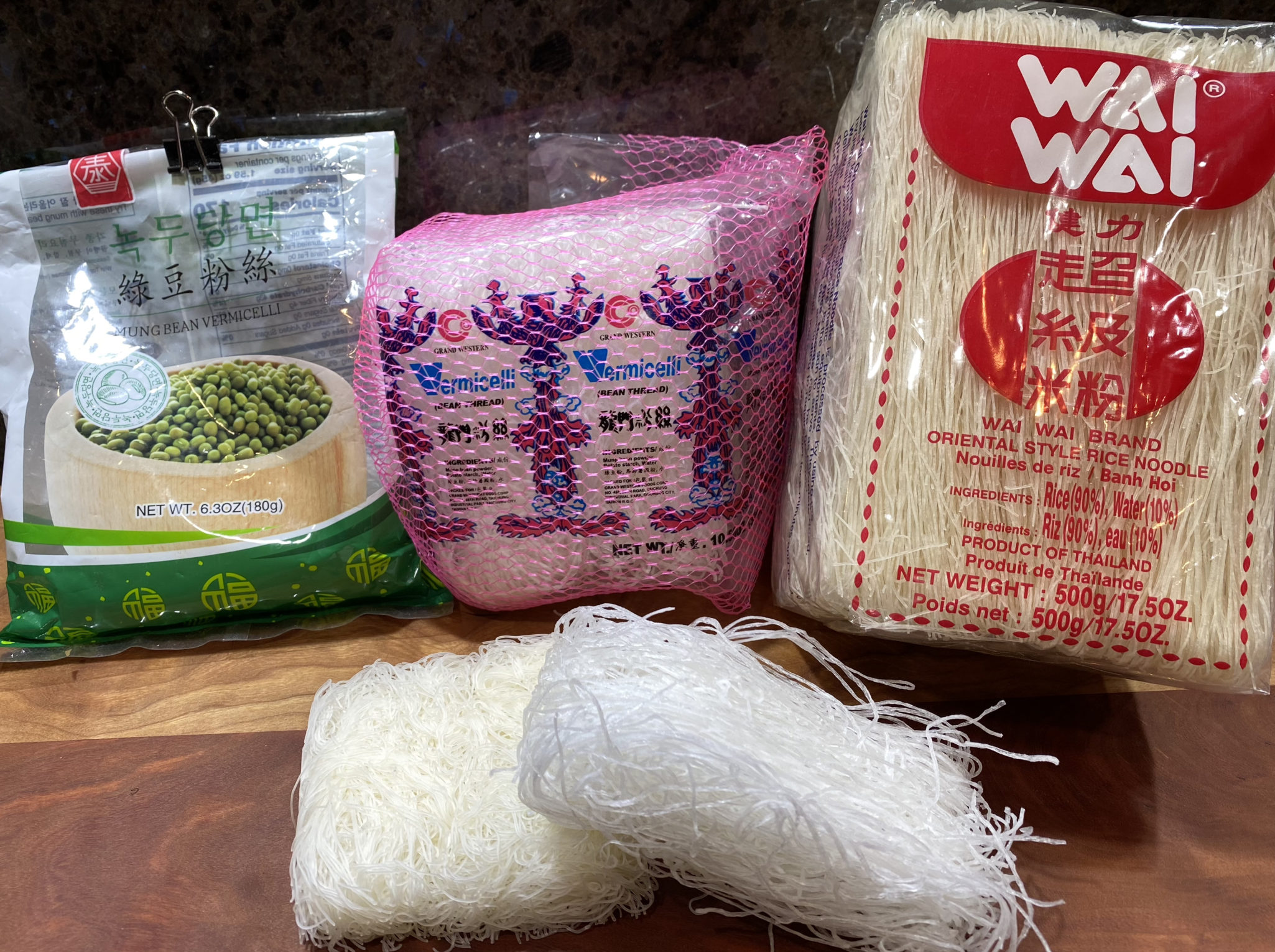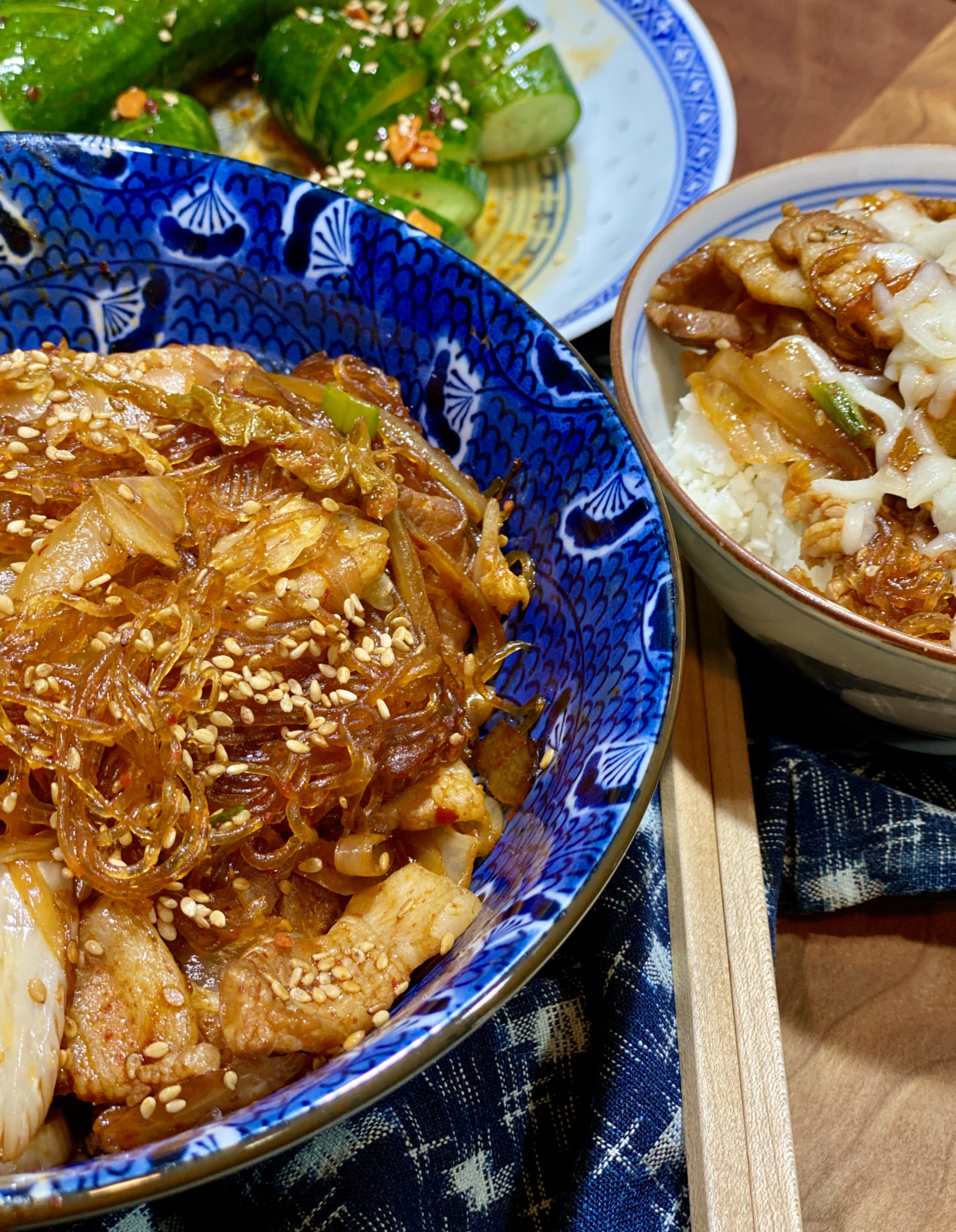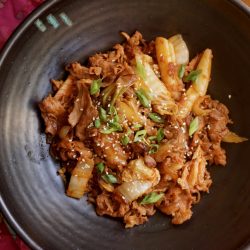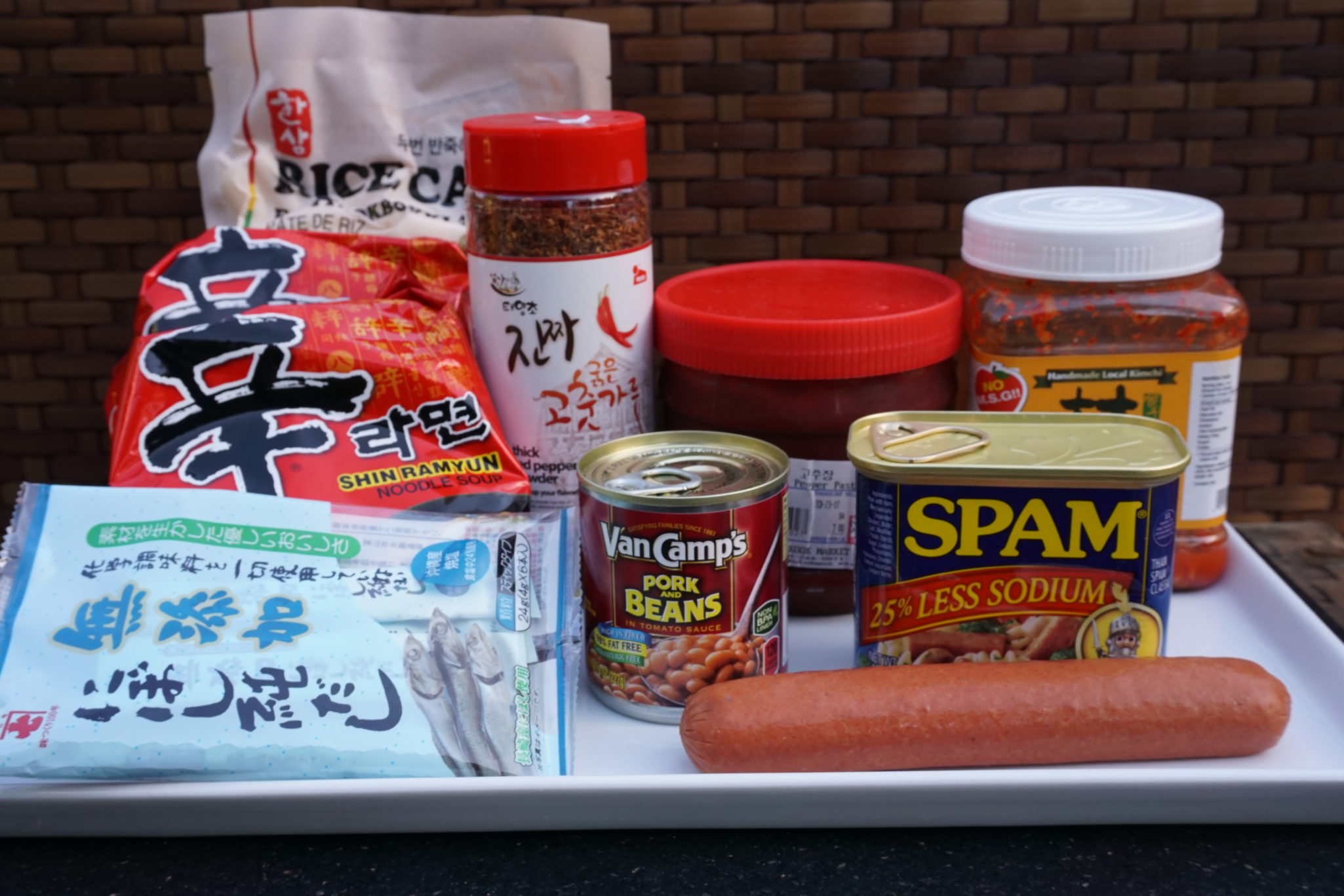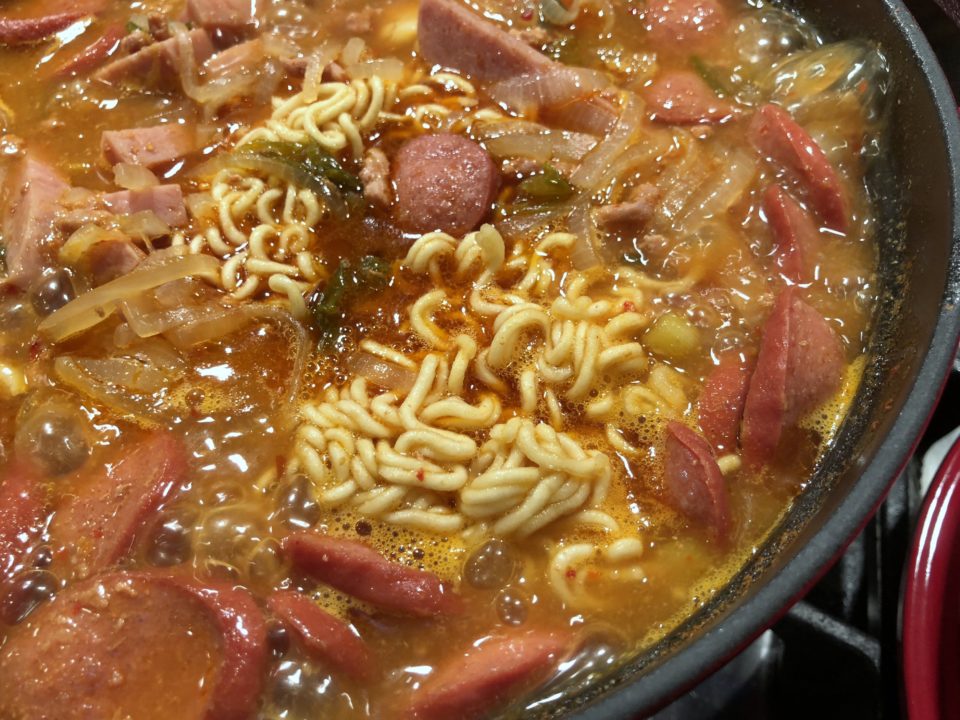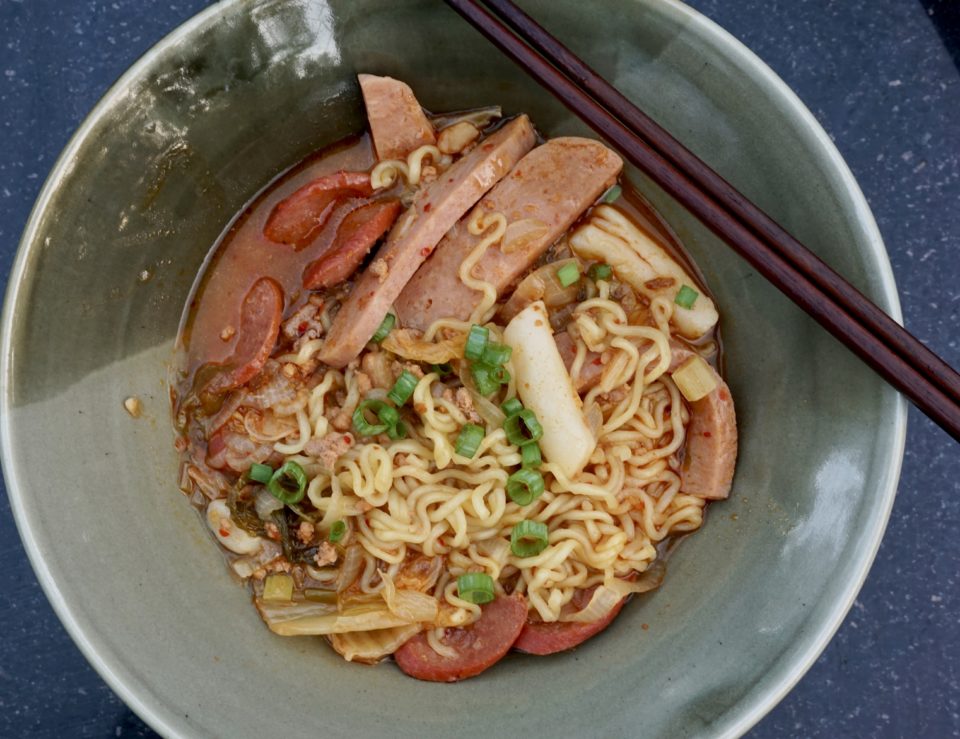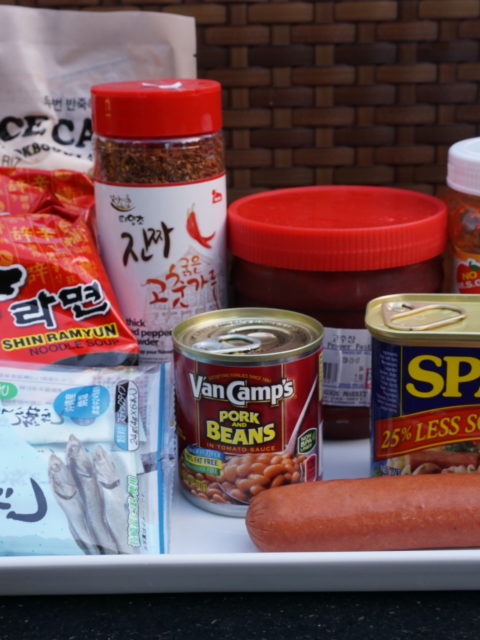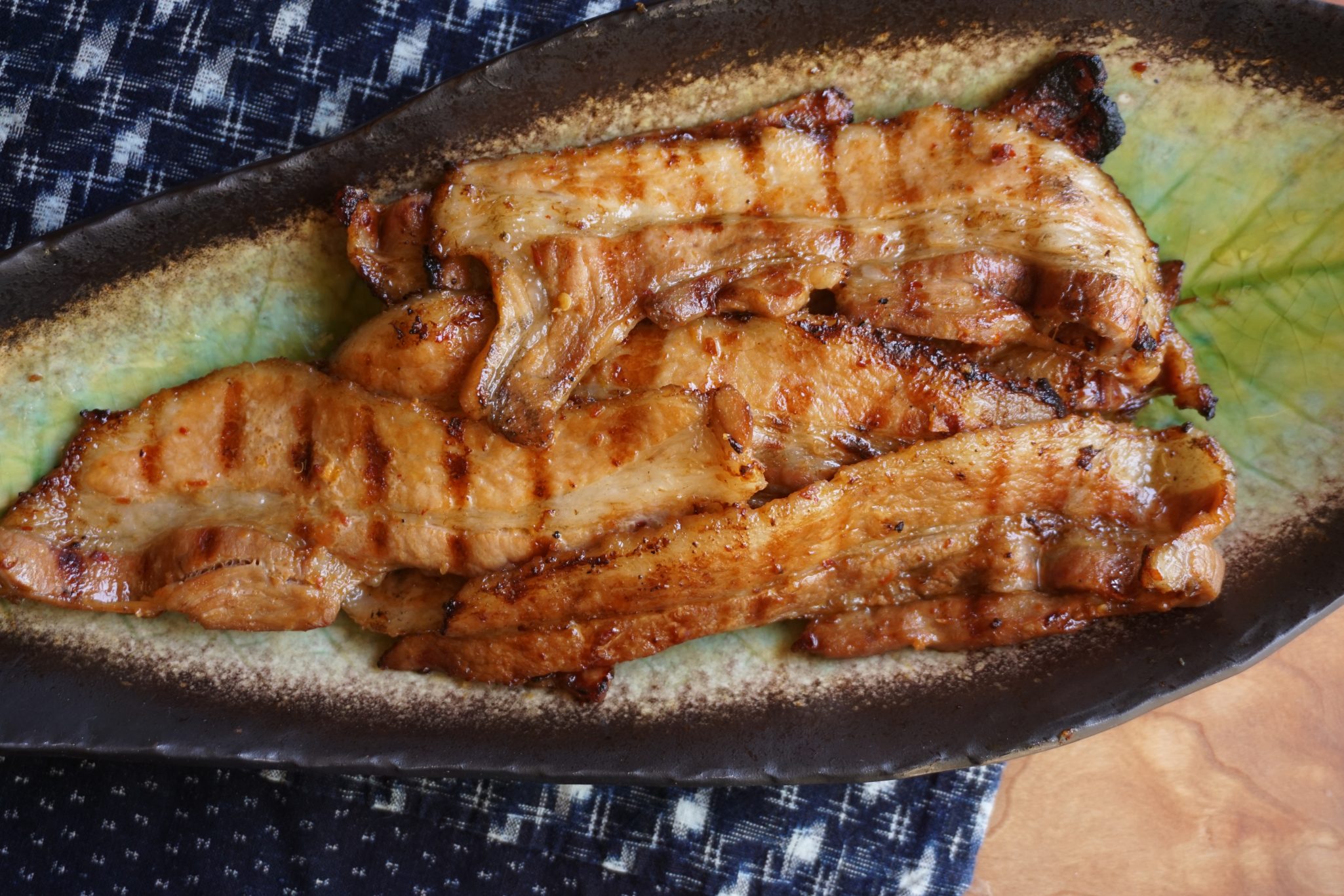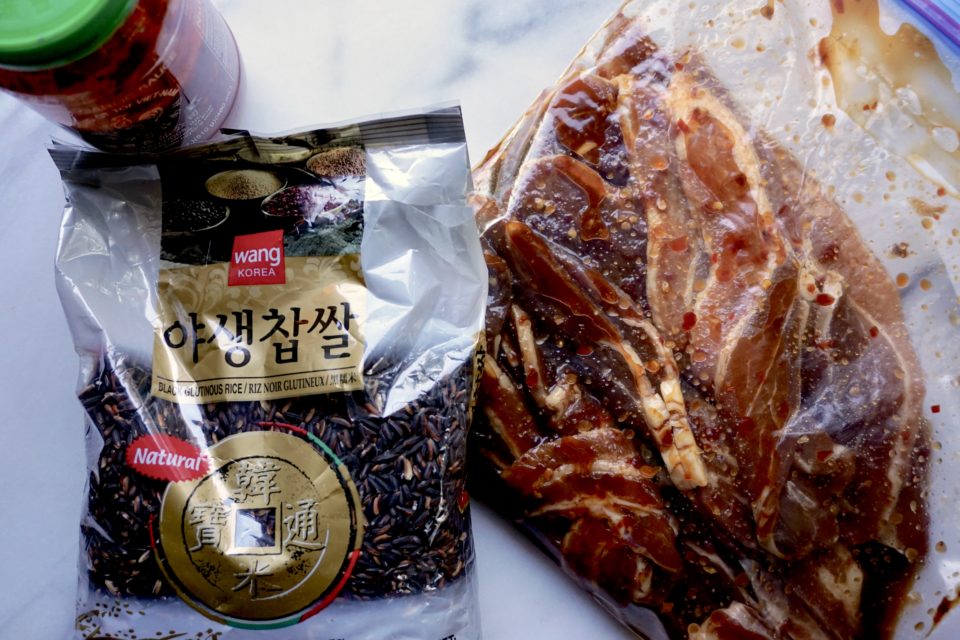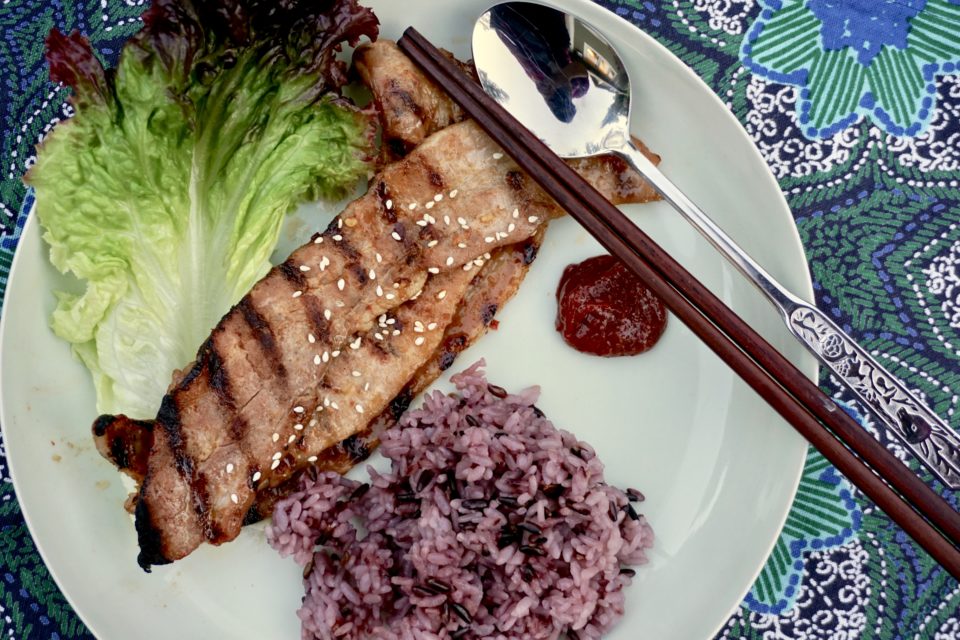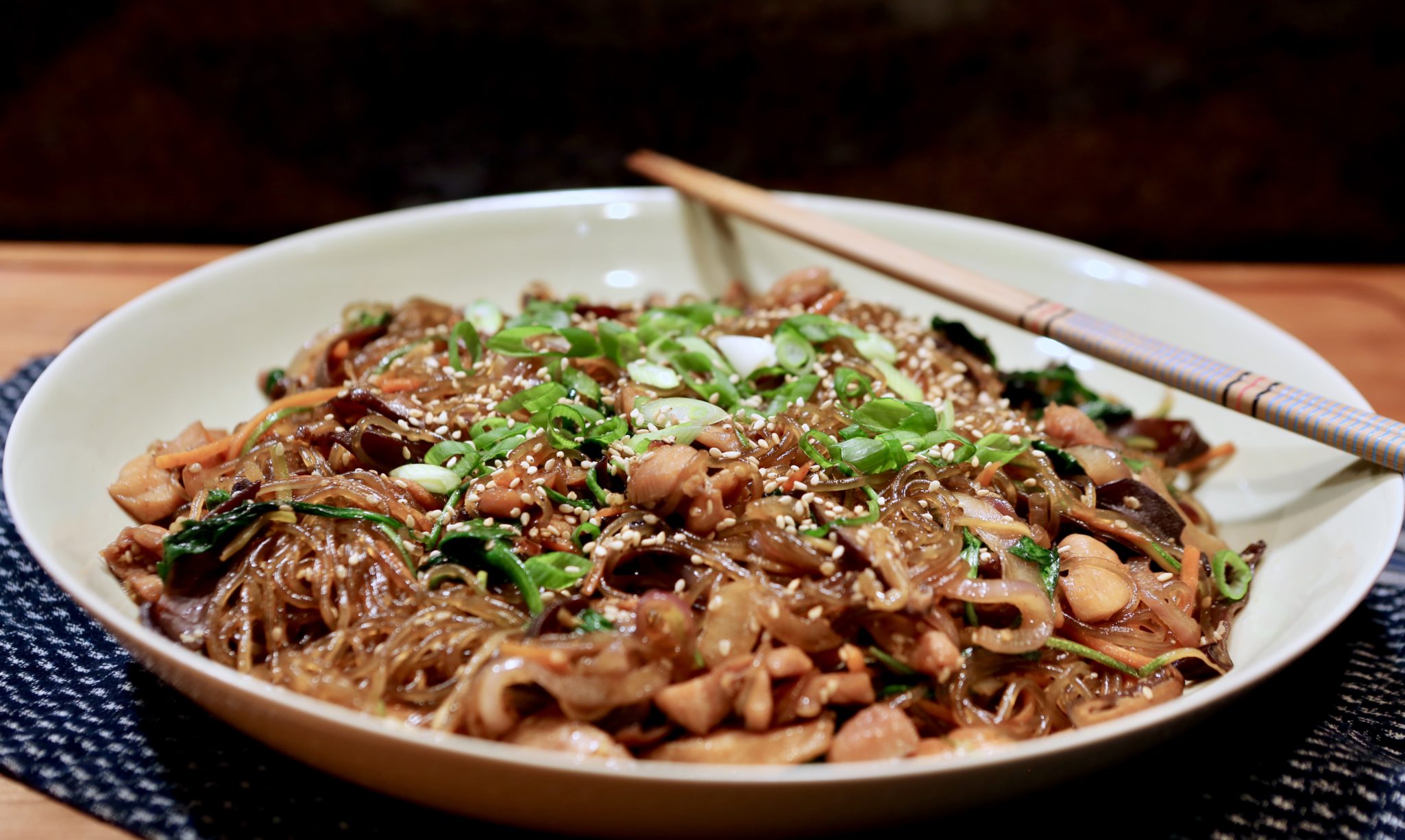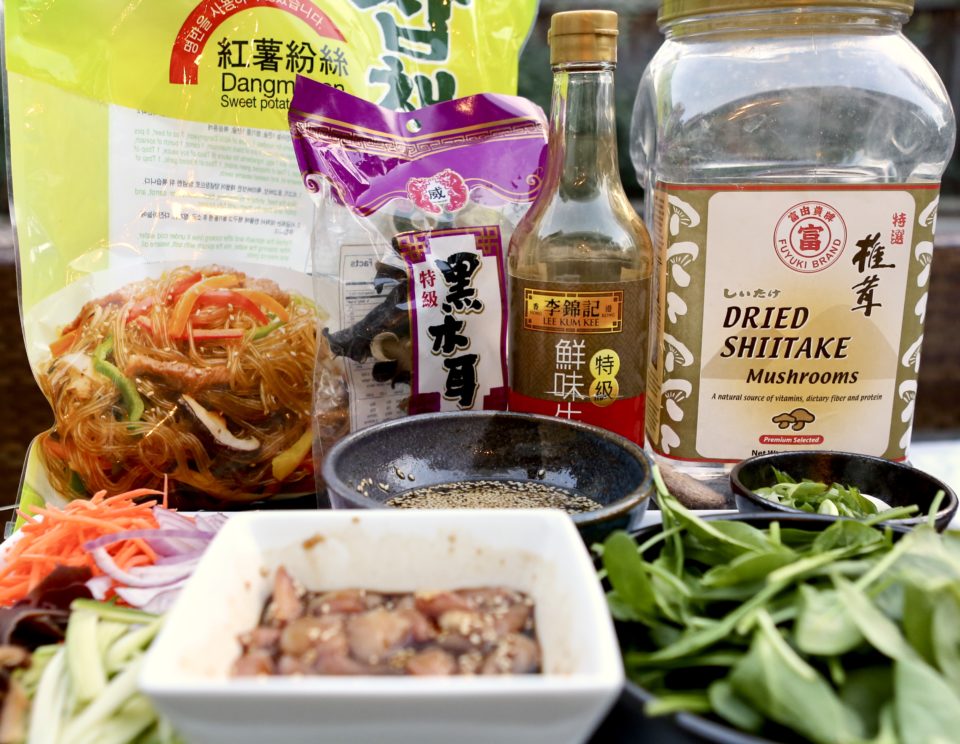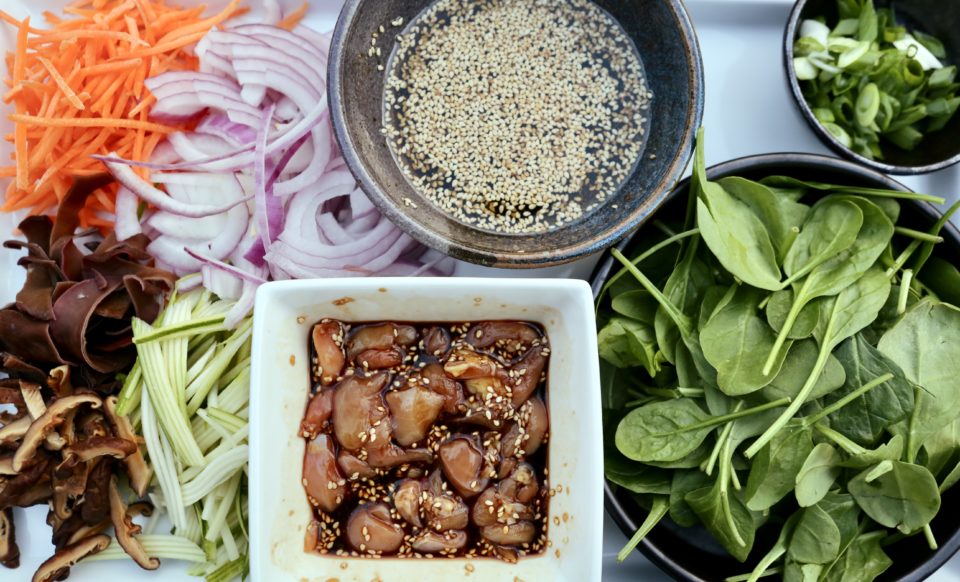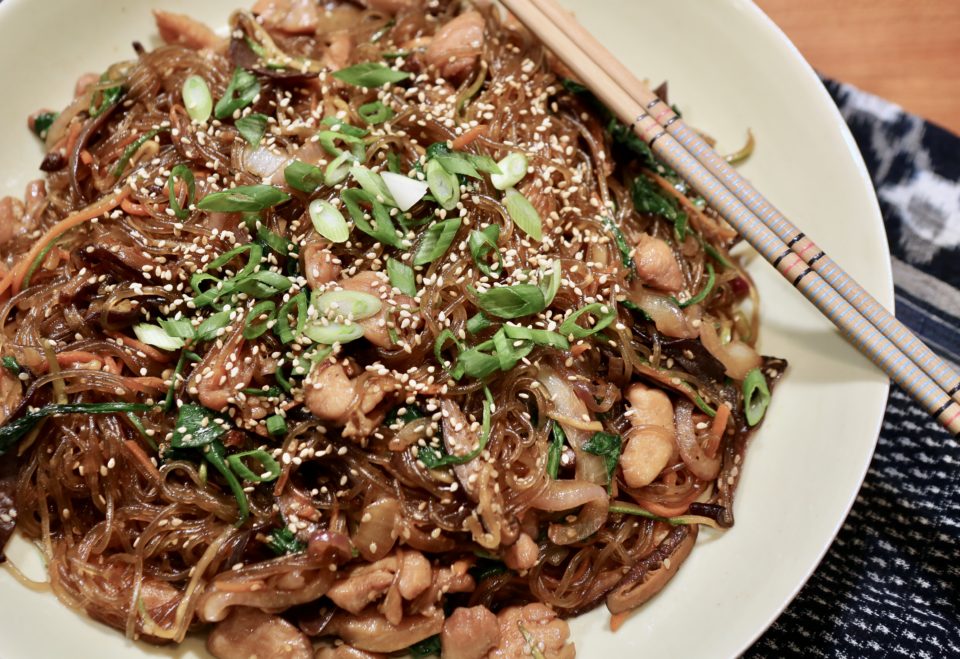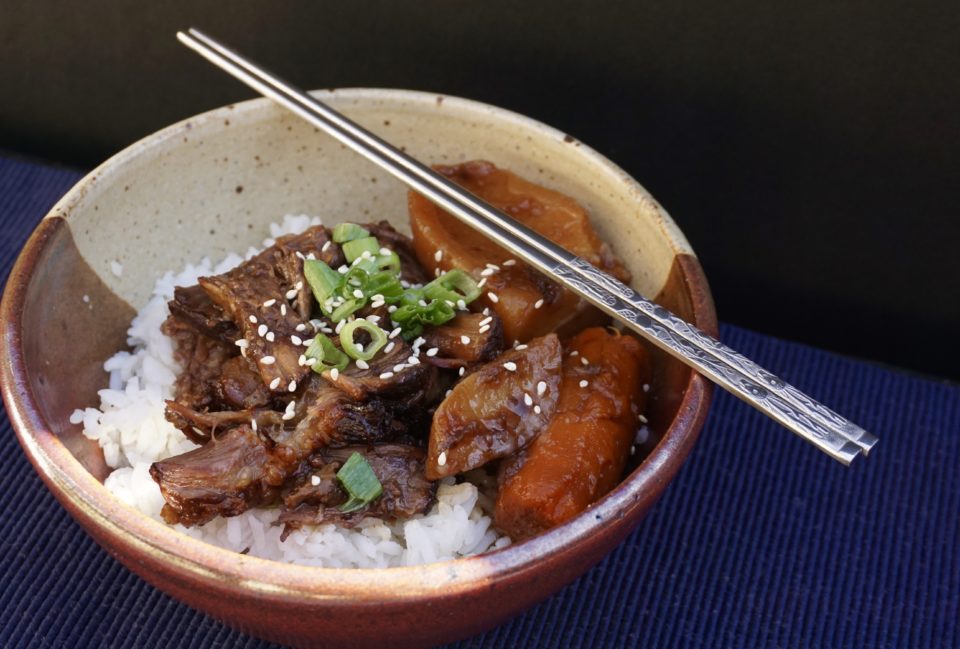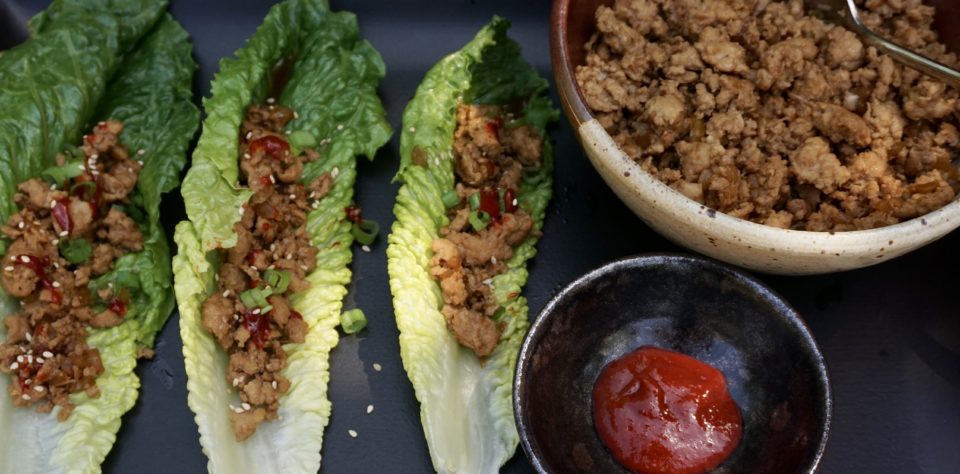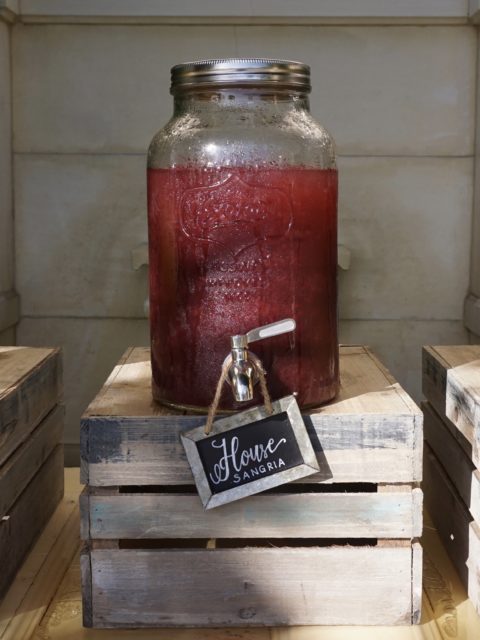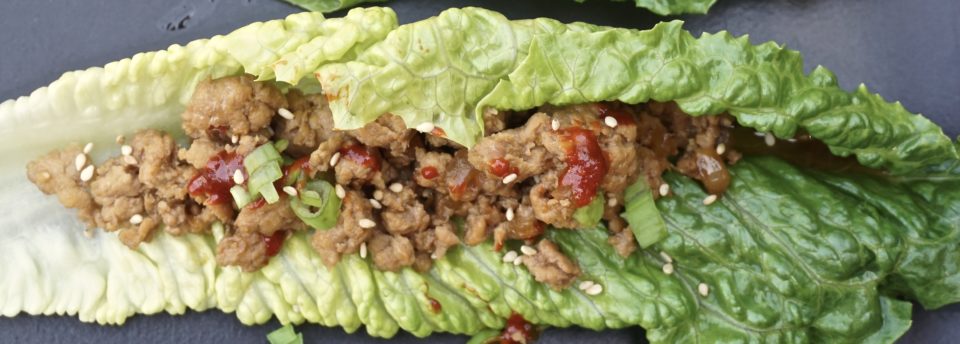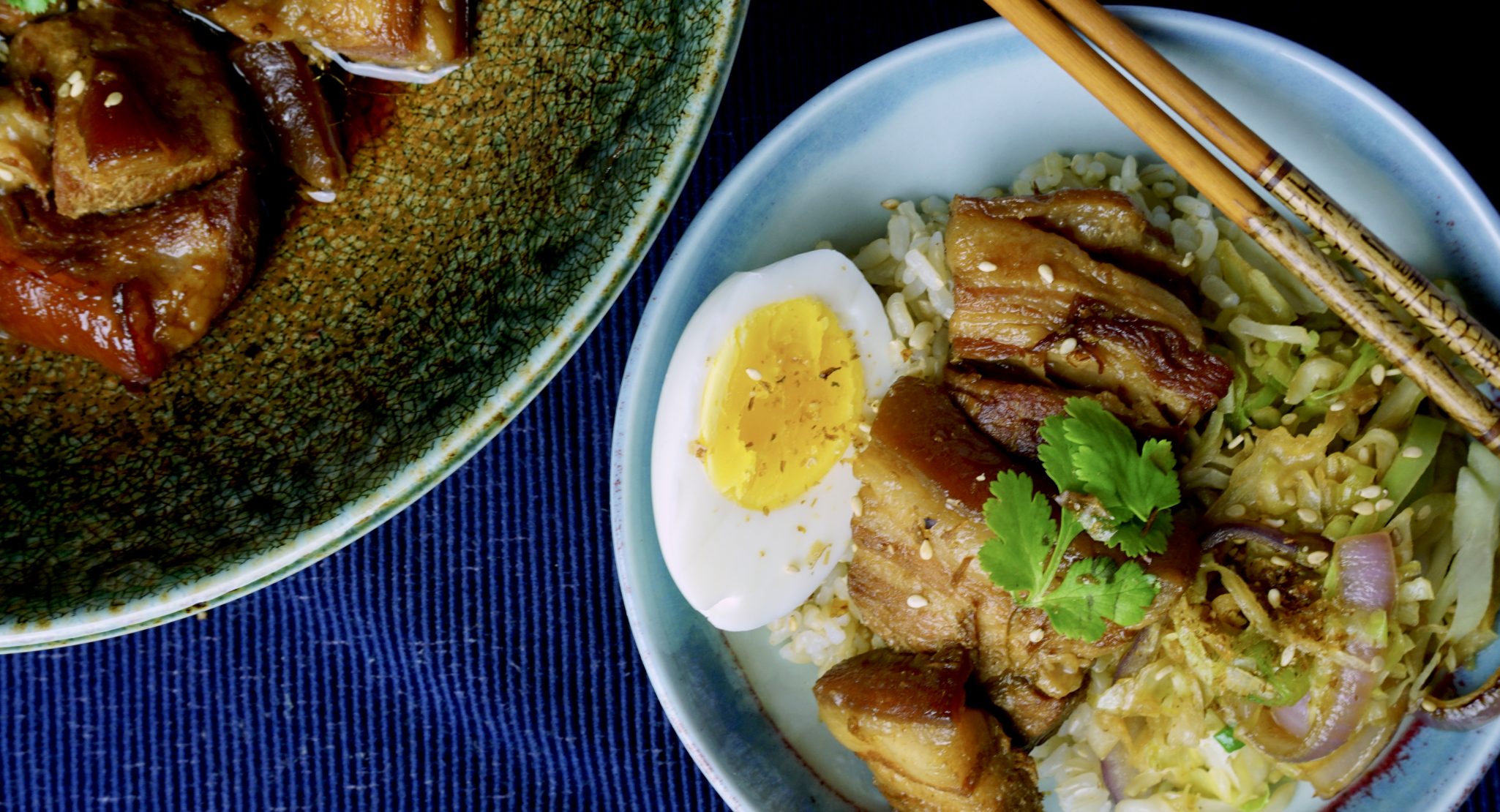
Rainy Day Eats: Braised Pork Belly ala Instant Pot
I am a sucker for rice bowls and noodle soups, especially when the weather turns cold and dreary. There is something comforting about eating out of a bowl. I love sitting by the window watching the falling rain and listening to the blustering wind while holding a bowl of deliciousness. My Dad’s stew, my Mom’s won ton soup, spicy Thai curry or gooey mac and cheese all come to mind.
Yep, living life one bowl at a time.
Japanese braised pork belly, Buta Kakuni falls neatly into this scenario. Simmered in soy sauce, sake and sugar, the pork becomes so tender it melts in your mouth and has that sweet salty flavor that I love. It is rich and flavorful, so a little goes a long way. Grab a good sized bowl, add a big scoop of steamy hot rice, lay 2-3 pieces of the pork on top and drizzle the braising liquid over it. Serve with a ramen style soft boiled egg and vegetables. Yep, a bowl of rockin’ goodness.
Normally, this dish takes a couple of hours to make, but thanks to the Instantpot, you’ll be sitting down to eat in less than an hour.
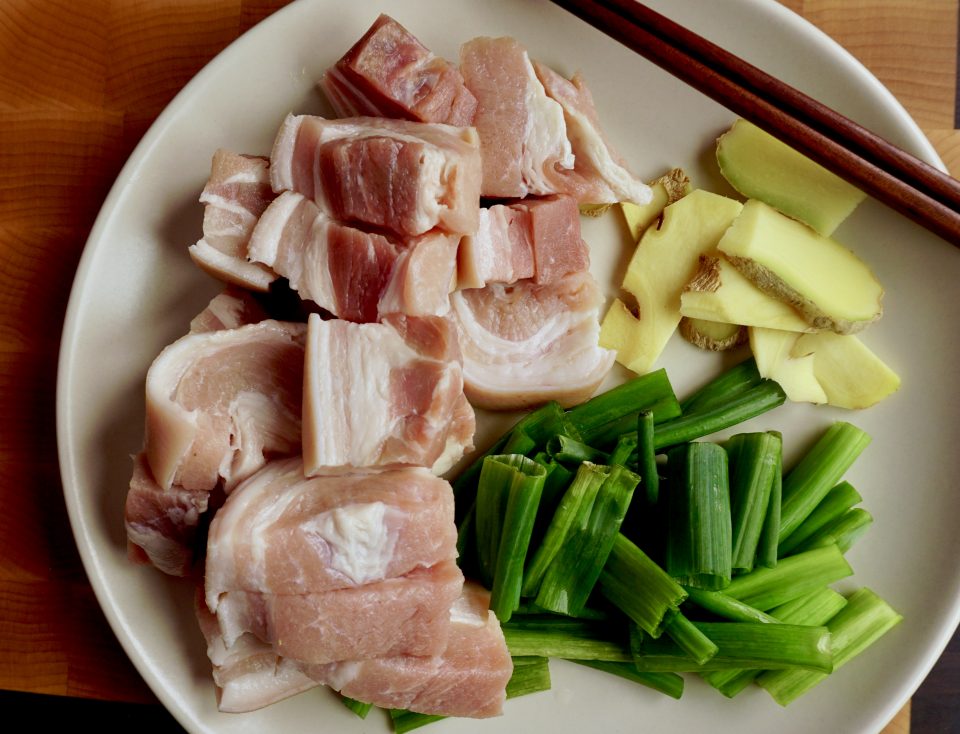
This recipe is adapted from the blog Just One Cookbook, another favorite for Asian recipes. Slab pork belly can be found in most Asian markets or ask your butcher to save you a piece. If time is tight, you can forego browning the pork, but I think it does add flavor and color. Reduce the Mirin to 1/4 cup and increase the sake to 1/2 cup to cut the sweetness. The recipe calls for adding soft boiled eggs to the pork to finish cooking. Instead, cool the braising liquid and put the peeled soft boiled eggs in to seep overnight a la ramen style eggs. Love oozy runny egg yolks. Feel free to follow the recipe or try Serious Eats’s recipe for ramen eggs, both are delicious!
This is classic comfort food. I stir-fried some shredded cabbage and onions with the braising liquid as an accompaniment. Another option is a super simple Asian Cucumber Salad. The crisp cucumbers provide a nice contrast to the soft pork. Plus, it’s nice to get some veggies in for a “well-rounded” bowl.
Enjoy!

PRESSURE COOKER PORK BELLY (KAKUNI)
Equipment
- Instant Pot or pressure cooker
Ingredients
- 3 green onions/scallions use only the green parts
- 1 inch ginger
- 1 Tbsp neutral flavor oil vegetable or canola
- 2 lb pork belly block 2 lb = 907 g
- Water for cooking pork belly
- 4 soft/hard boiled eggs See Notes
- Shichimi Togarashi Japanese seven spice (for taste, optional)
- Chinese Mustard
Seasonings
- 1/2 cup sake 1/2 cup = 120 ml
- ½ cup water ½ cup = 120 ml
- 1/4 cup mirin 1/4 cup = 60 ml
- ½ cup soy sauce ½ cup = 120 ml
- ¼ cup sugar ¼ cup = 50 g
Instructions
- Cut pork into 1-inch pieces
- Peel and cut ginger into slices. Using the green part only, cut scallions into 2 inch segments
- Switch Instant Pot to Saute' function and add oil to pot. When the oil is hot, add pork and brown (3-5 minutes). Add water to pot to cover the pork. Add green onions and ginger to pot.
- Cover Instant Pot and seal, make sure the knob is set to sealing. Cancel saute' function and set function on stew/meat (35 minutes)
- When the pork is finished, carefully vent to quick release pressure. Drain pork. Add seasoning ingredients to the Instant Pot and return pork to pot. Add soft boiled eggs to pot unless seasoning them separately. See notes.
- Seal and set pot on stew/meat function and set time to 10 minutes. When finished, quick release vent pot.
- Remove pork and eggs from pot. Taste the seasoning liquid, if it seems to dilute, set pot on saute' and reduce. Reserve sauce for serving.
- Serve pork and eggs over rice or ramen. Garnish with Shichimi Togarashi. Drizzle sauce over rice and serve with mustard. Enjoy.
Notes
